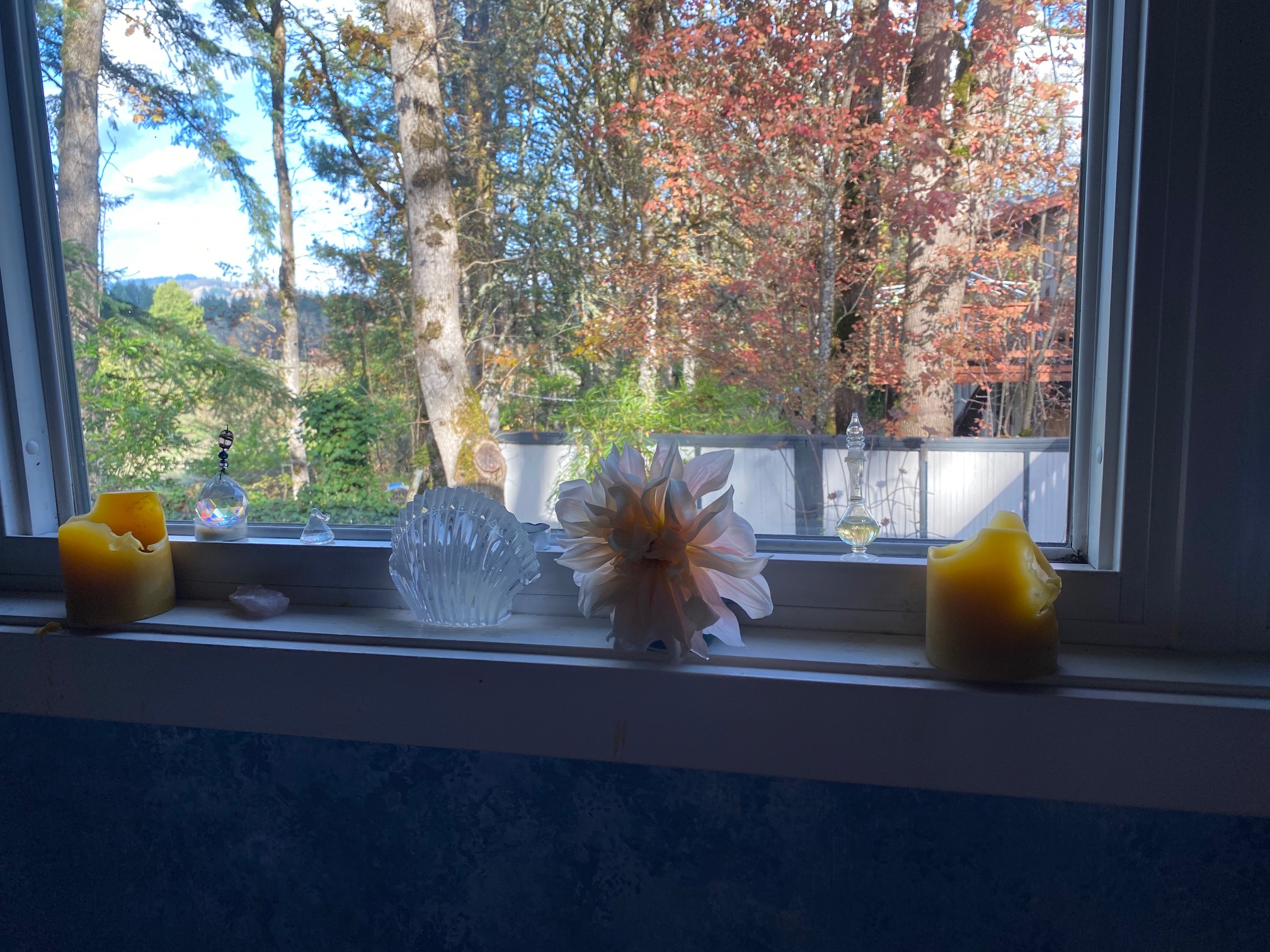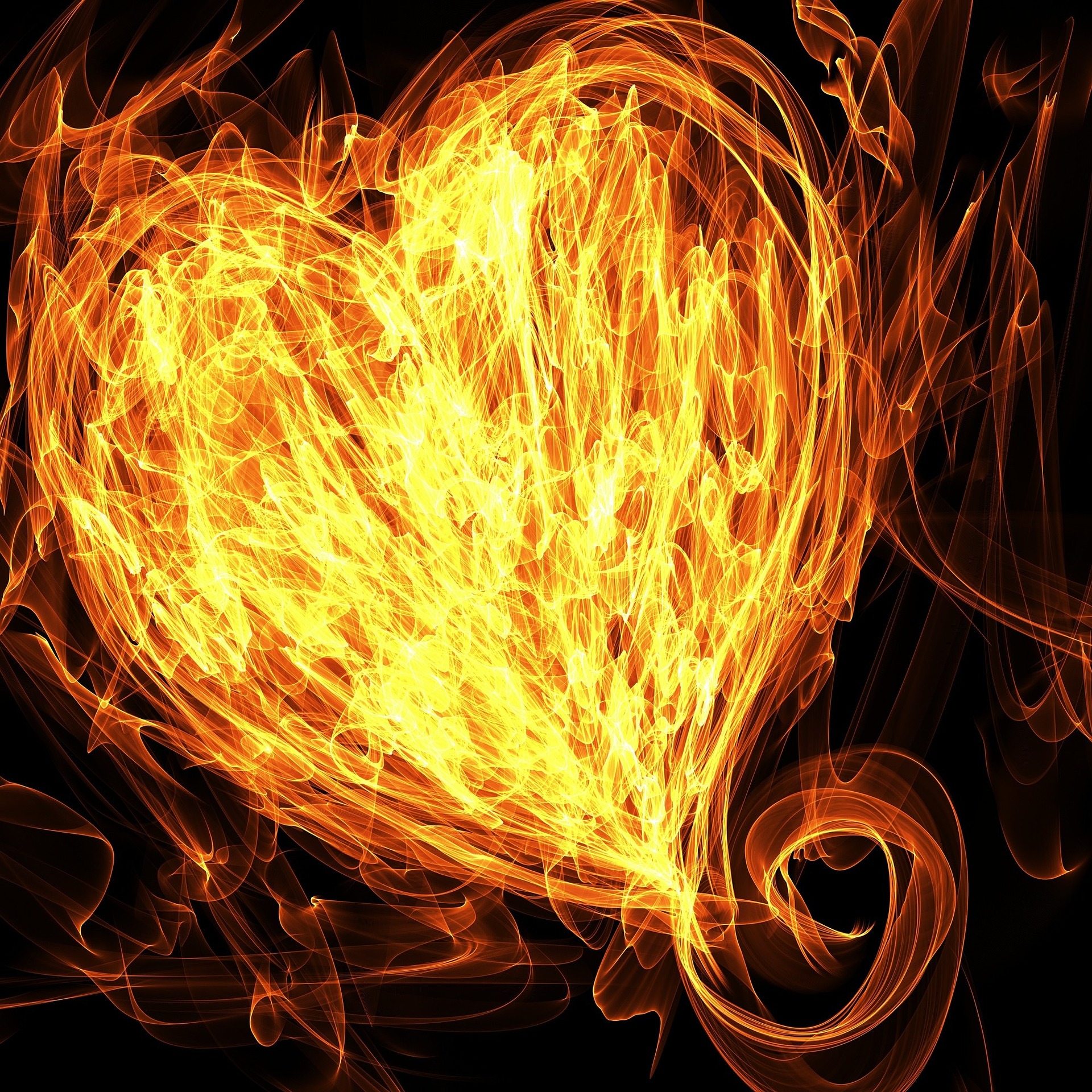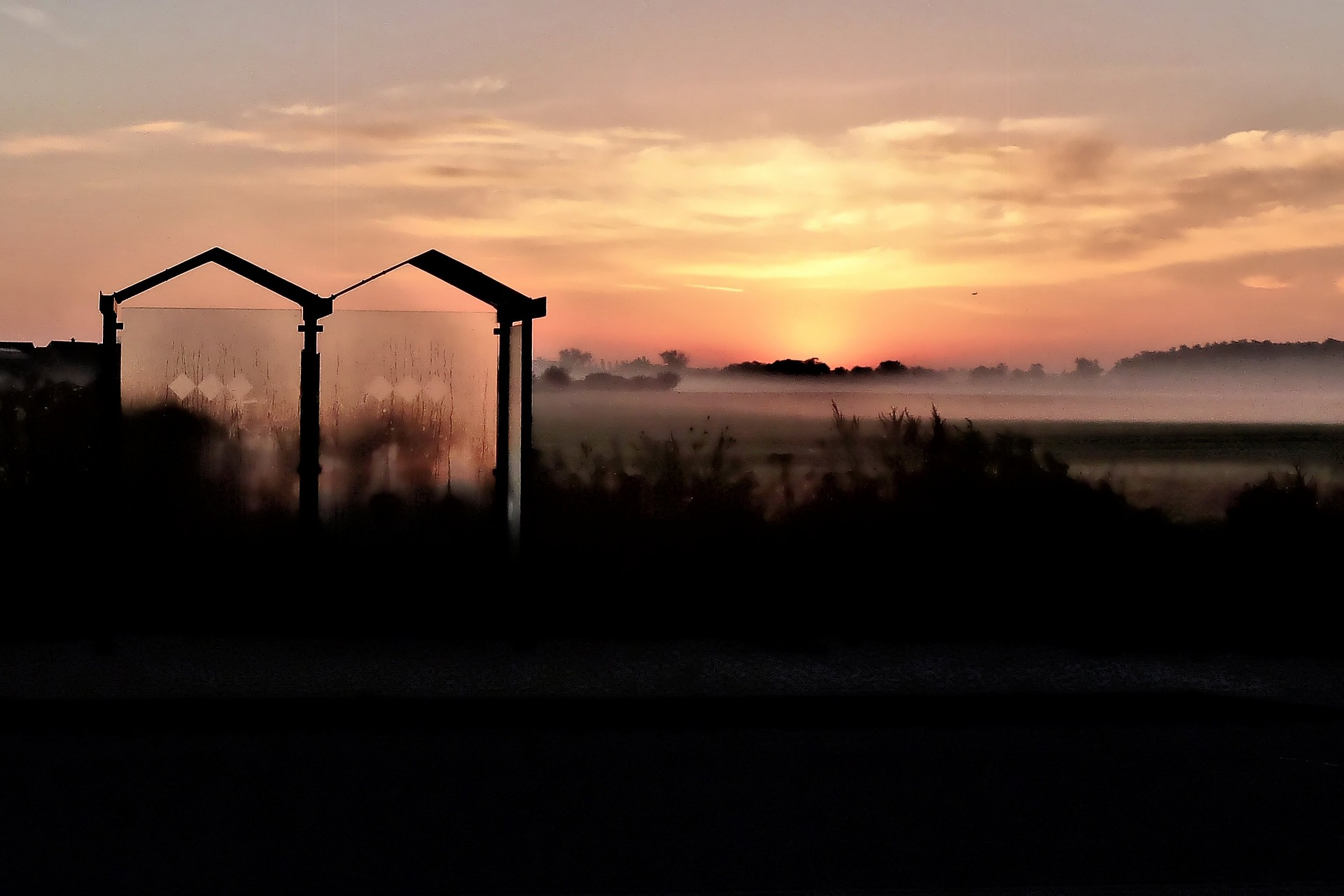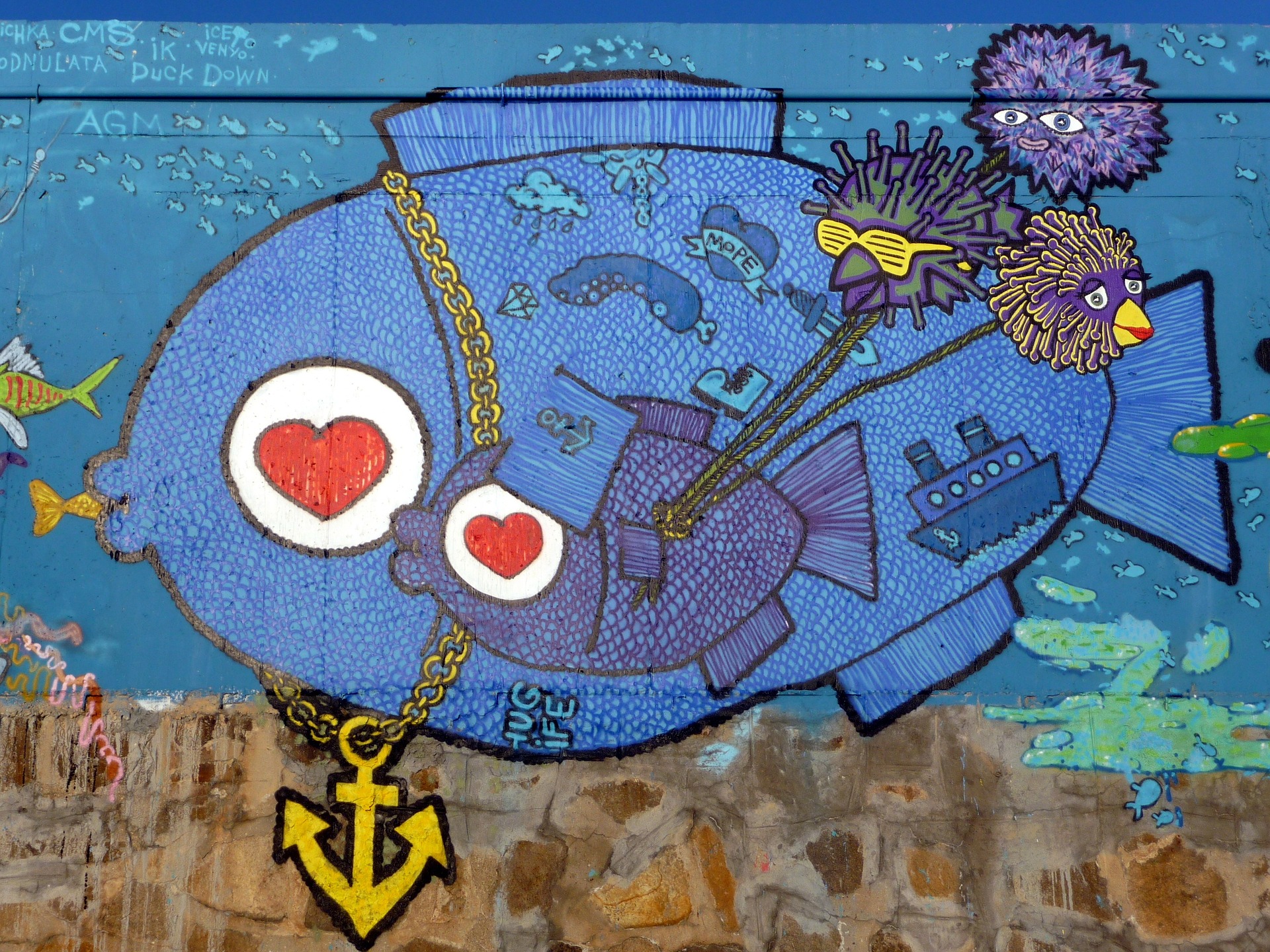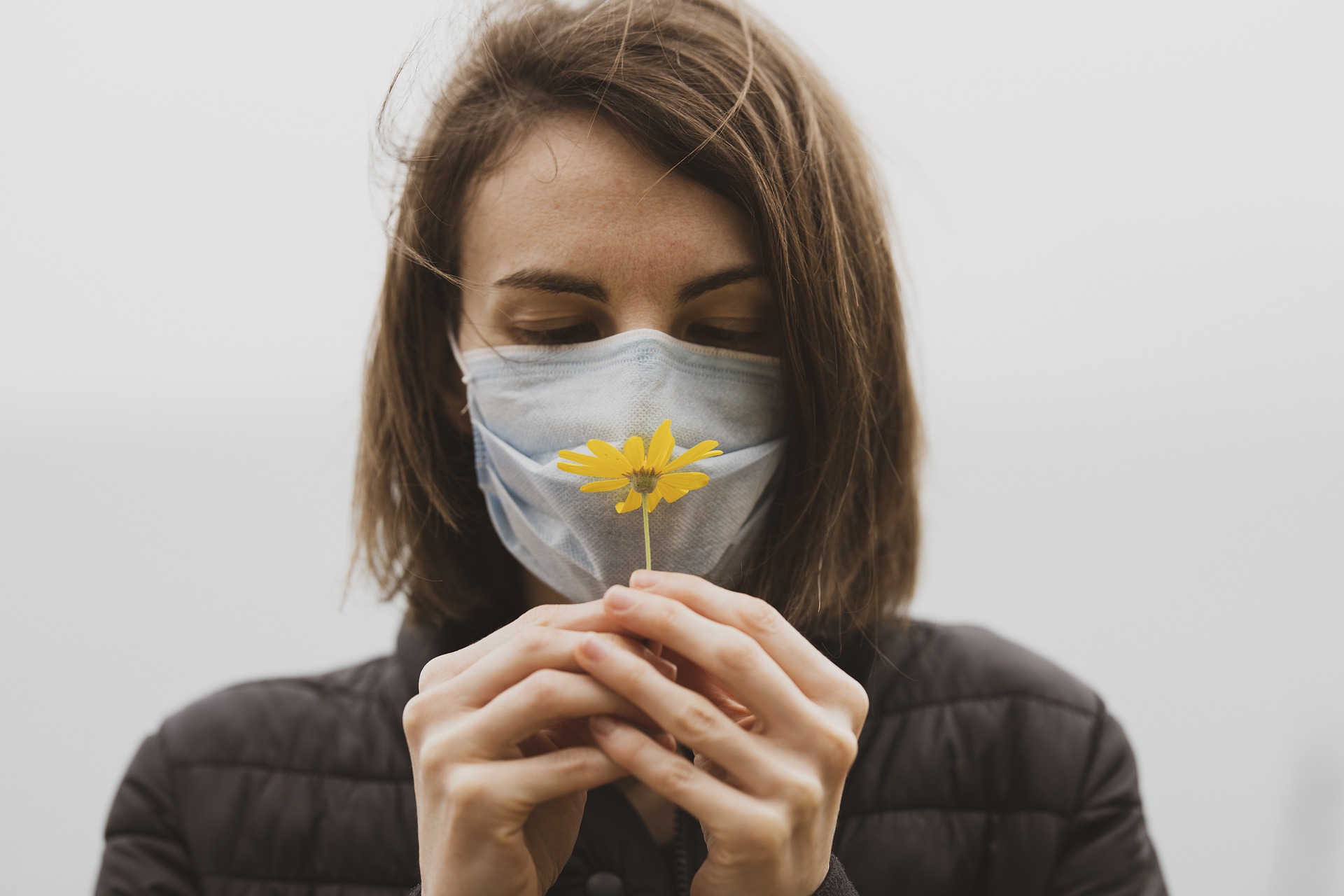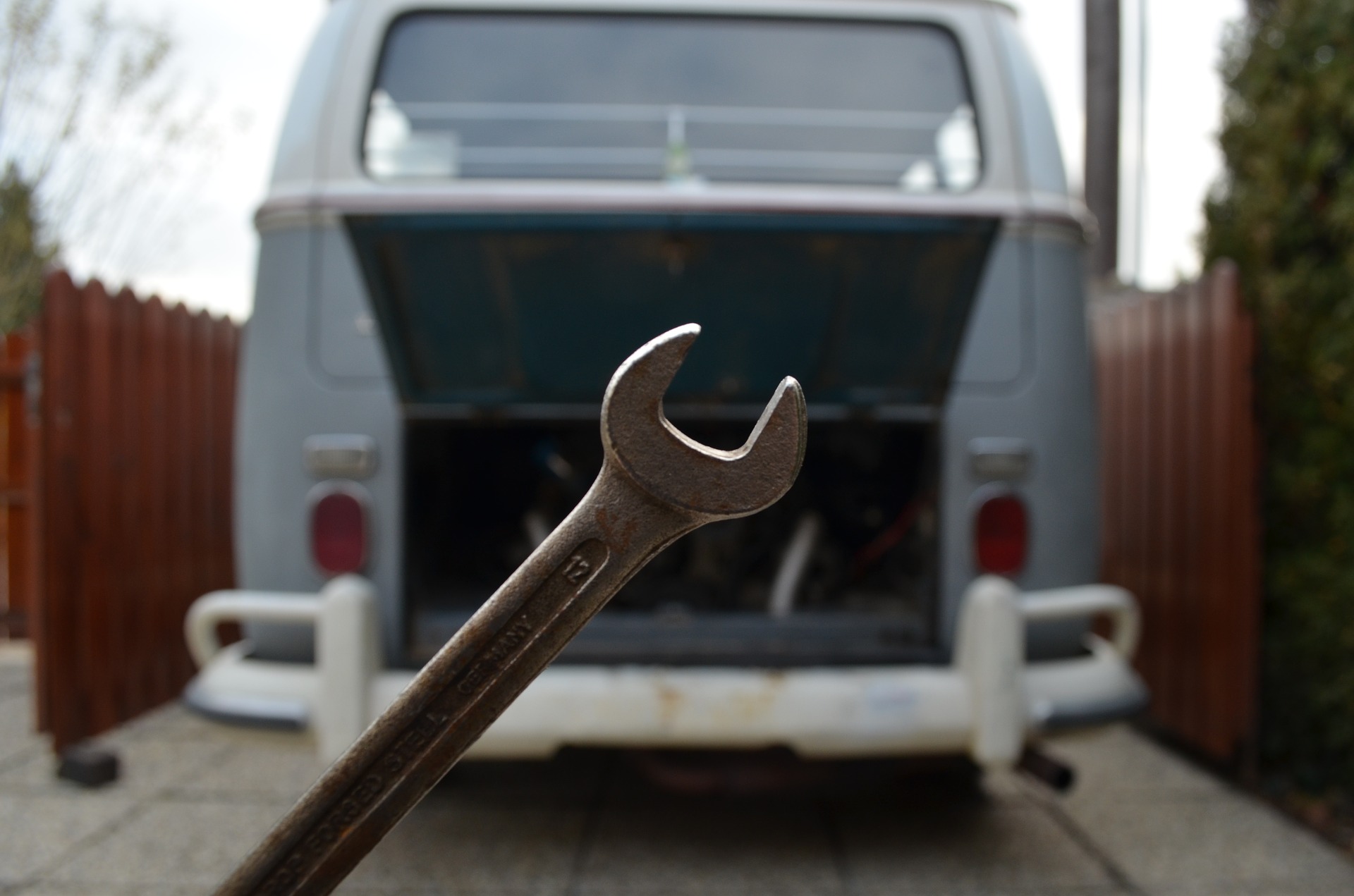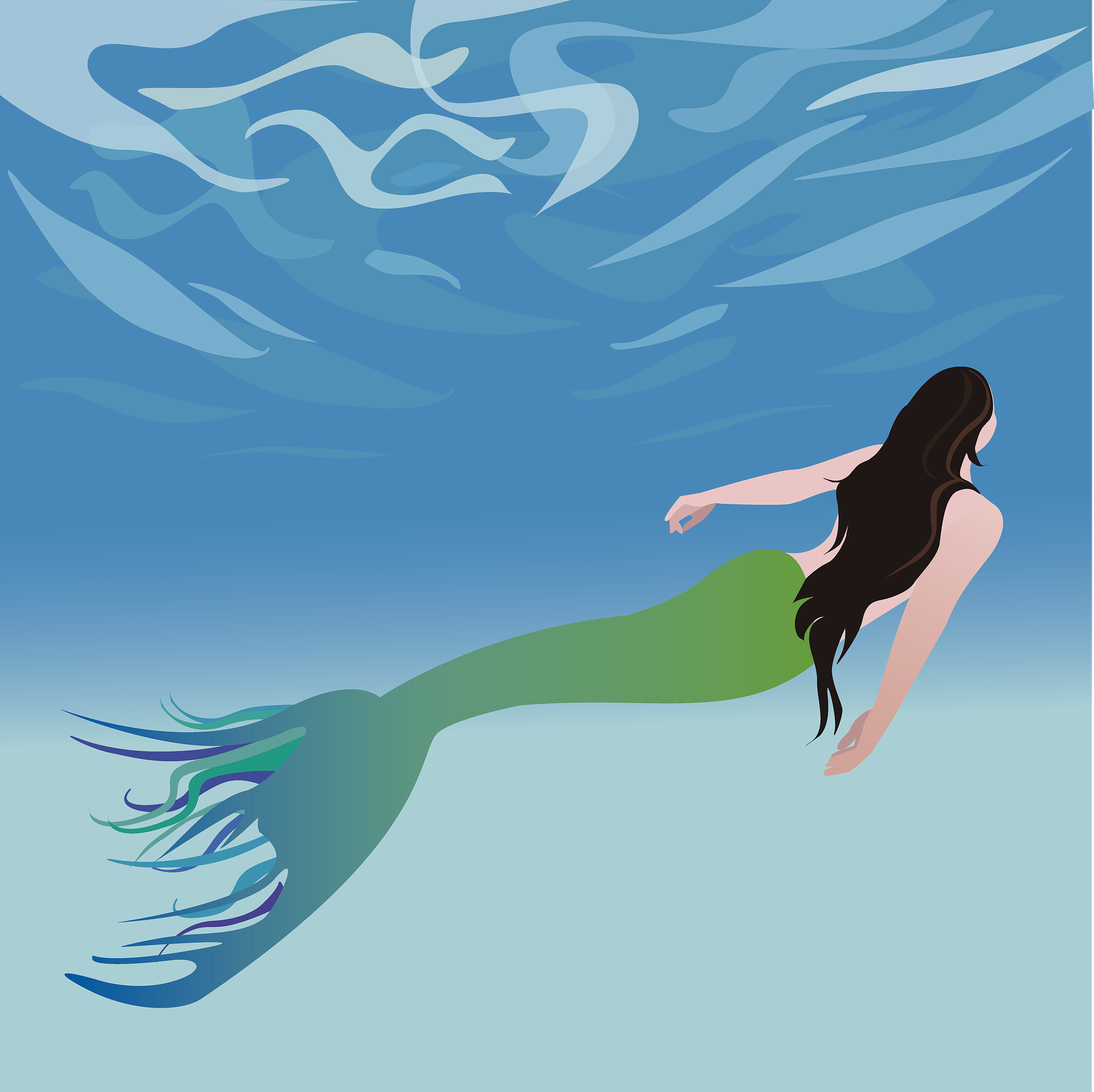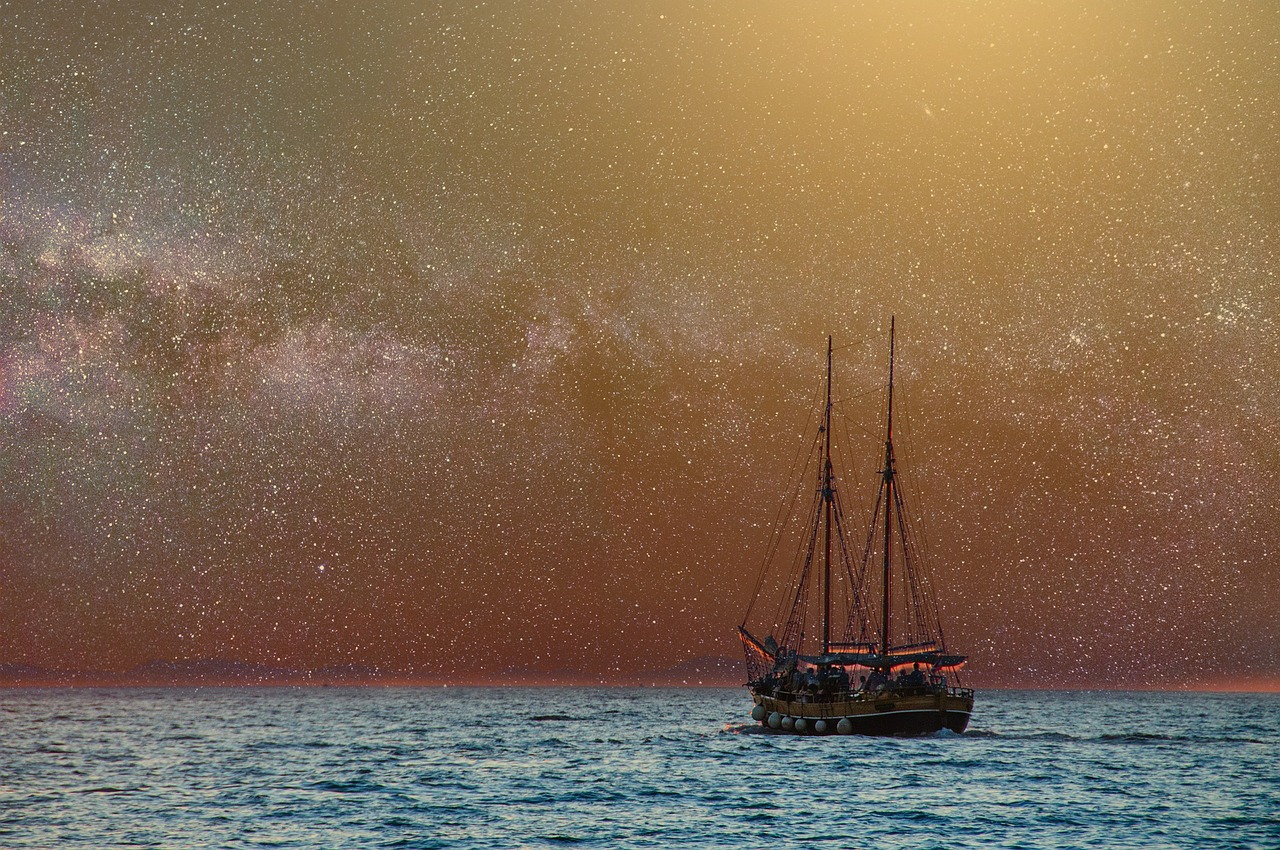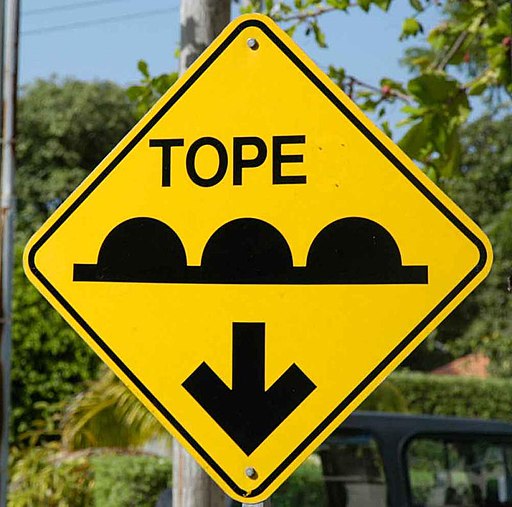I’m not a mechanic, although I experimented with it once, when I was 23. My husband and I owned (and lived in) the required VW van that summer. A funky hippie book called How to Keep Your Volkswagen Alive became our bible. I decided to try my hand at tuning up our VW bus, thinking this would prove my commitment to the feminist cause. It so happens that this was just before my Midwest parents’ first trip to visit me in my newlywed life in the Oregon forest. The result of my efforts under the hood was a stalled van by the side of the road, a rental car, and a unique camping experience. This is a longer story, and a good one, but not for now.
And yet…somehow this all seems relevant today. Life in these particular times seems to engage my inner mechanic, the quick-fix problem solver. But when I rely too heavily on this approach, I always discover how very difficult it is to just remember to keep in tune from the inside out, to take the time to check in with myself before taking the next action. This is especially true when the outer world presents so very many invitations to solve problems in advance (think COVID 19). A big part of my identity rests on coming up with solutions, something that often provides huge immediate pay-off. It’s also an ancient habitual loop for me, stemming from a belief I’ve had since I was about two years old. Life Rule #1: I’ll be okay once everyone around me is okay. But the long arcing spiral of reality has taught me that there’s always another problem right around the corner to solve, either for them or for me. And it’s never over.
Lately I’ve been supporting and maintaining relationships with loved ones who have given me lots of chances to focus on their needs, their fears, their problems. Glad to help, except for one thing. If I do this for too long, it gets more and more difficult to find my way back to myself. My habitual landing place in my journal is preempted by lists and responsibilities. Meditation gets trickier as the mind just keeps answering each thought with solutions. Top off this tendency with a generous helping of worry about global or political news, and it seems hopeless.
Pretty soon I don’t even want to open the engine compartment to look under the hood. Who cares about my authentic thoughts or feelings, anyway? I think. All you need to do is (Fill in the blank: Use hand sanitizer. meditate more, eat less, find a new diet, eliminate dairy, get more cardio every day.) There’s a strange pay-off to this because sometimes I’d simply rather live in denial or avoidance. Also (and this is important), sometimes I just don’t want to feel things, so being an Instant Helper is a useful dodge.
But even more important, there’s that big part of me that wants to protect herself and keep things exactly like they are. The one who fears the changes that might come from truly listening to my inner guru. So instead of applying a flexible mind and the curiosity to see what I might do differently in my life, instead of showing up for me, I perseverate about all the sources of worry around me. I overdo my preparations for all the scary possibilities, and I lose myself in fear. When I do this, I also lose my effectiveness as someone who hasn’t abandoned herself to the fears so rampant in the so-called Real World. I’m no longer that person I want to be, the one who can hold the bigger context in the midst of all the flights that imagination offers.
When I’ve abandoned my inner life to the ongoing needs that the outward world seems to demand, I’m simply not functioning on all cylinders. As hard as I crank on the ignition, it just doesn’t seem to start. So I leave myself behind by the side of the road while I take the sleek new rental car, filled with others’ thoughts and feelings and advice, for yet another spin. The funny thing is that, when I do slow down and give attention to that still small voice, there it is. Humming away, as it has been all along, that pure neglected inner guide who has been drowned out by all the demanding voices, inside and out.
This thing is worth not forgetting: the hardest shift of all is to even remember to slow down and calm down enough to listen to my inner wisdom. When I do, I remember that, yes, it takes courage to peek inside and look at what’s really going on. At first it often feels awkward because that timid inner being is deeply distrustful, for good reason. But once I remember this, I’m better capable of making that 180-degree shift. I have the courage to overcome the influence of others’ fear loops and look under the hood. I say a prayer, meditate, take a long walk in nature. And there she is, patiently waiting while I’ve given my heart and attention to all the so-called problems around me. I open my journal or find my laptop, and I listen. And listen. And listen. The gas line clears, the tuning light comes on, I begin to question assumptions that no longer work. Clarity appears, gradually.
The inner tuning light flickers on and then holds. All because I found the courage to open that engine compartment, to take the risk to find my way back home.
